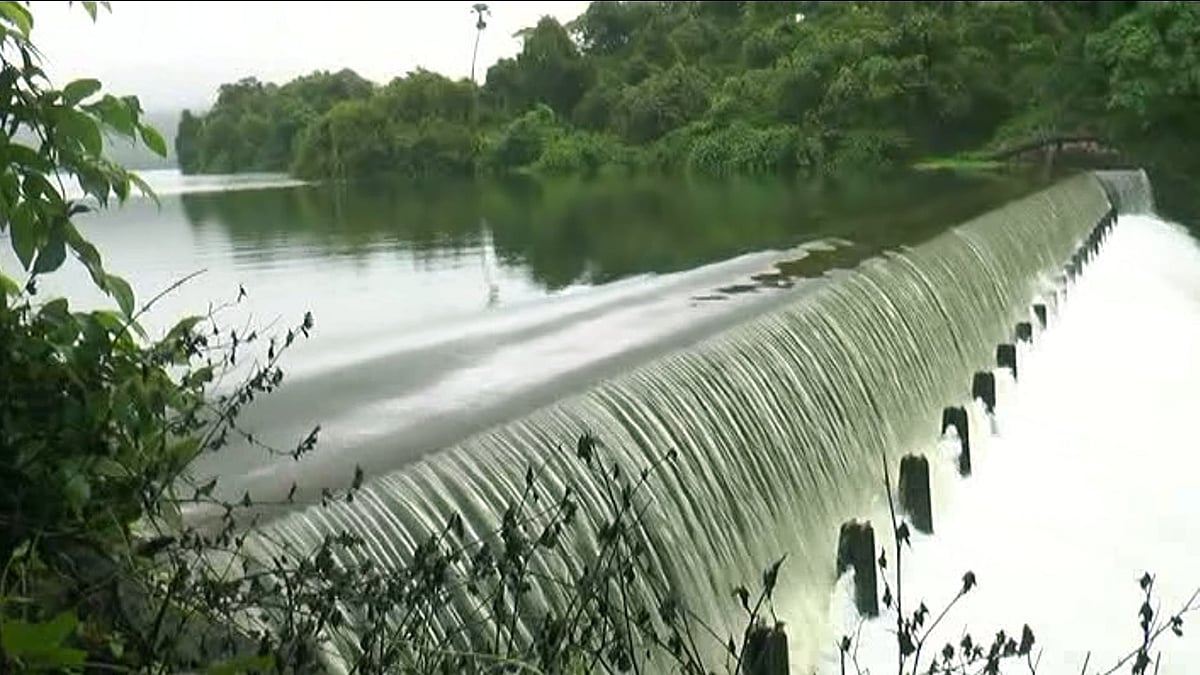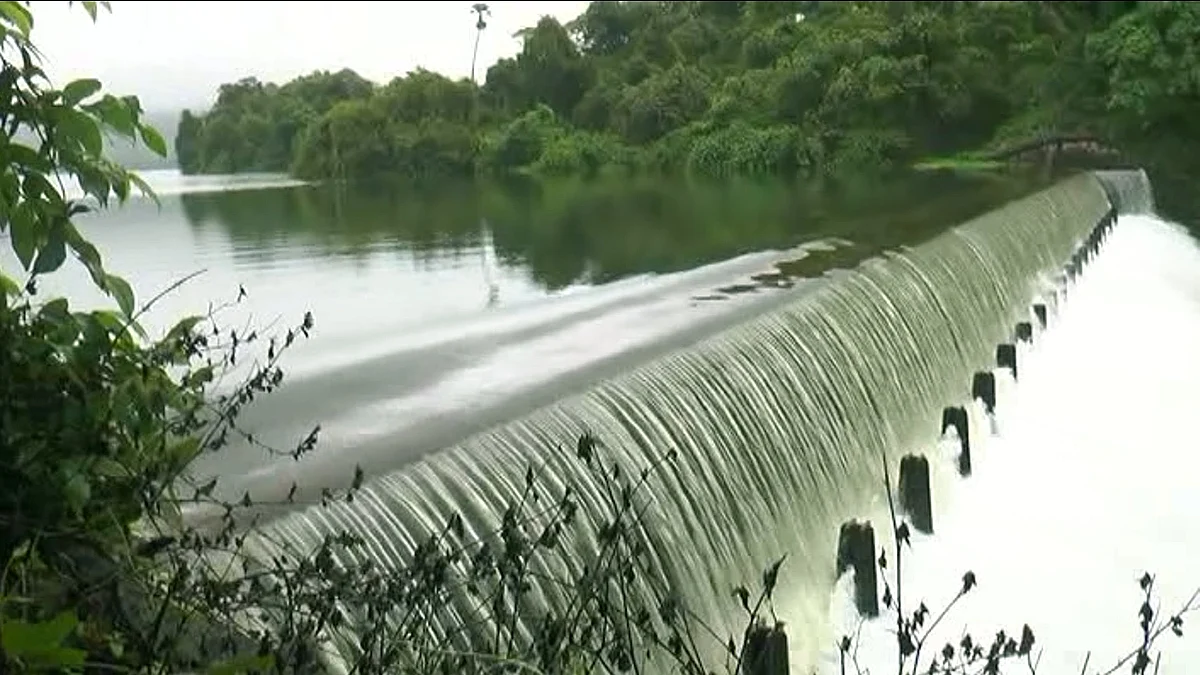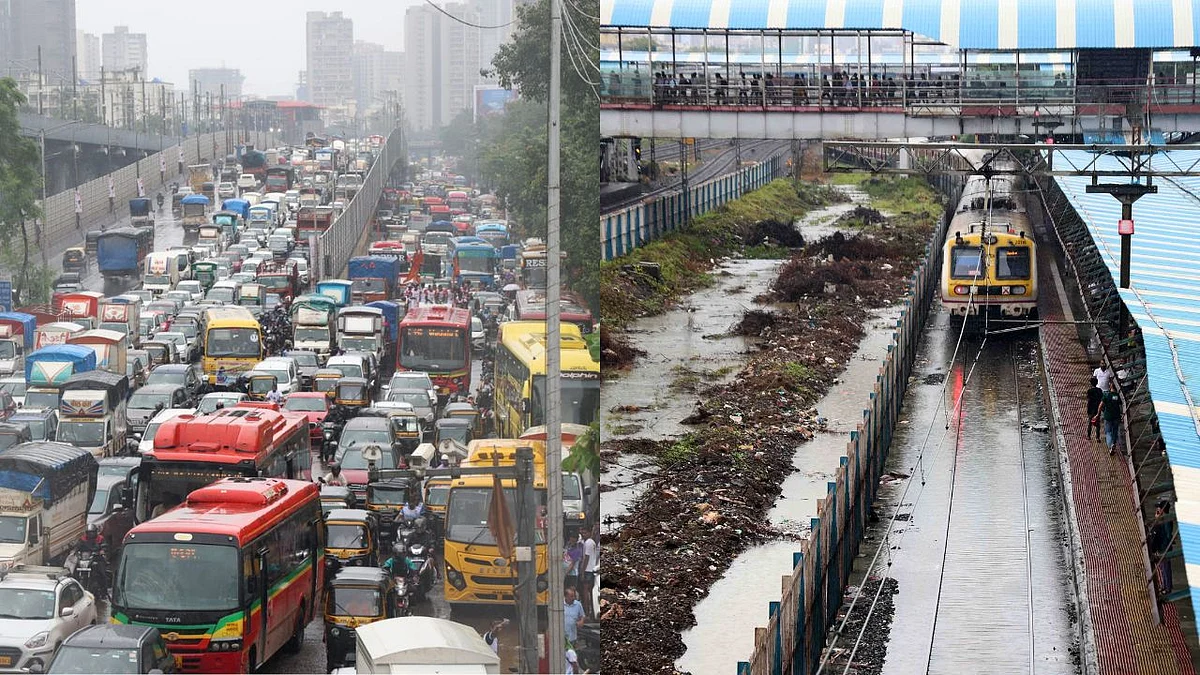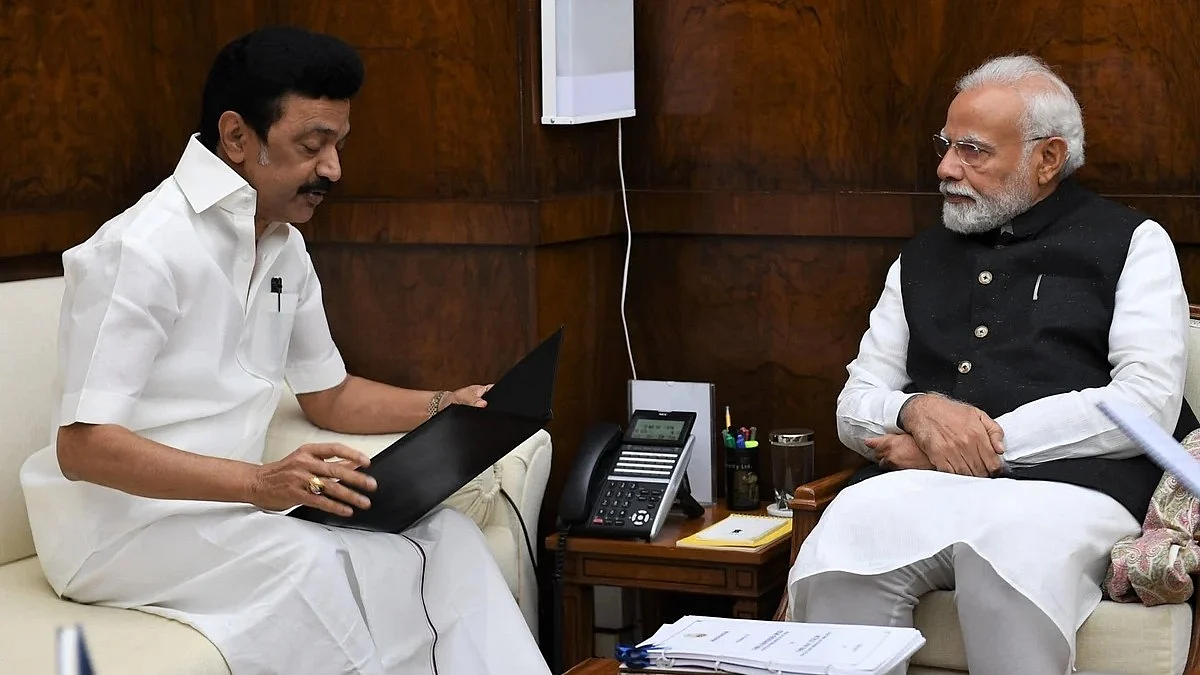Mumbai: Following heavy downpours across Mumbai city and its suburbs since Friday night, Tulsi Lake—located within the Sanjay Gandhi National Park—began overflowing at 6:45 pm on Saturday. It is the third of the seven lakes that supply water to Mumbai to overflow this season. Though relatively smaller in capacity, Tulsi Lake contributes approximately 18 million litres (ML) to the city’s daily water supply.
Heavy Rainfall Boosts Tulsi and Vihar Levels
Tulsi and Vihar Lakes, both located within Mumbai city limits, have benefited from the recent heavy rains. According to civic data, Tulsi Lake received 133 mm of rainfall on Saturday, while Vihar Lake recorded 120 mm.
Tulsi, the smallest of Mumbai’s seven lakes, has a maximum storage capacity of 8,046 million litres. Notably, it began overflowing on July 20 last year. The BMC also has plans to upgrade the existing water treatment facility at Tulsi, increasing its capacity from 18 ML per day to 25 ML per day.
Overall Water Stock Nears 90% of Target
Earlier in July, Modak Sagar and Tansa lakes, both located in Thane district, had already started overflowing following consistent rainfall. Currently, Upper Vaitarna Lake is 85.82%, Middle Vaitarna stands at 96.26%, and Bhatsa is at 88.65% full of their total capacity.
Also Watch:

To ensure uninterrupted water supply to Mumbai throughout the year, a combined stock of 14.47 lakh ML is required across the seven lakes by October 1. As of now, the total combined water stock stands at 13.04 lakh ML approximately 90.16% of the required capacity.




.png)



